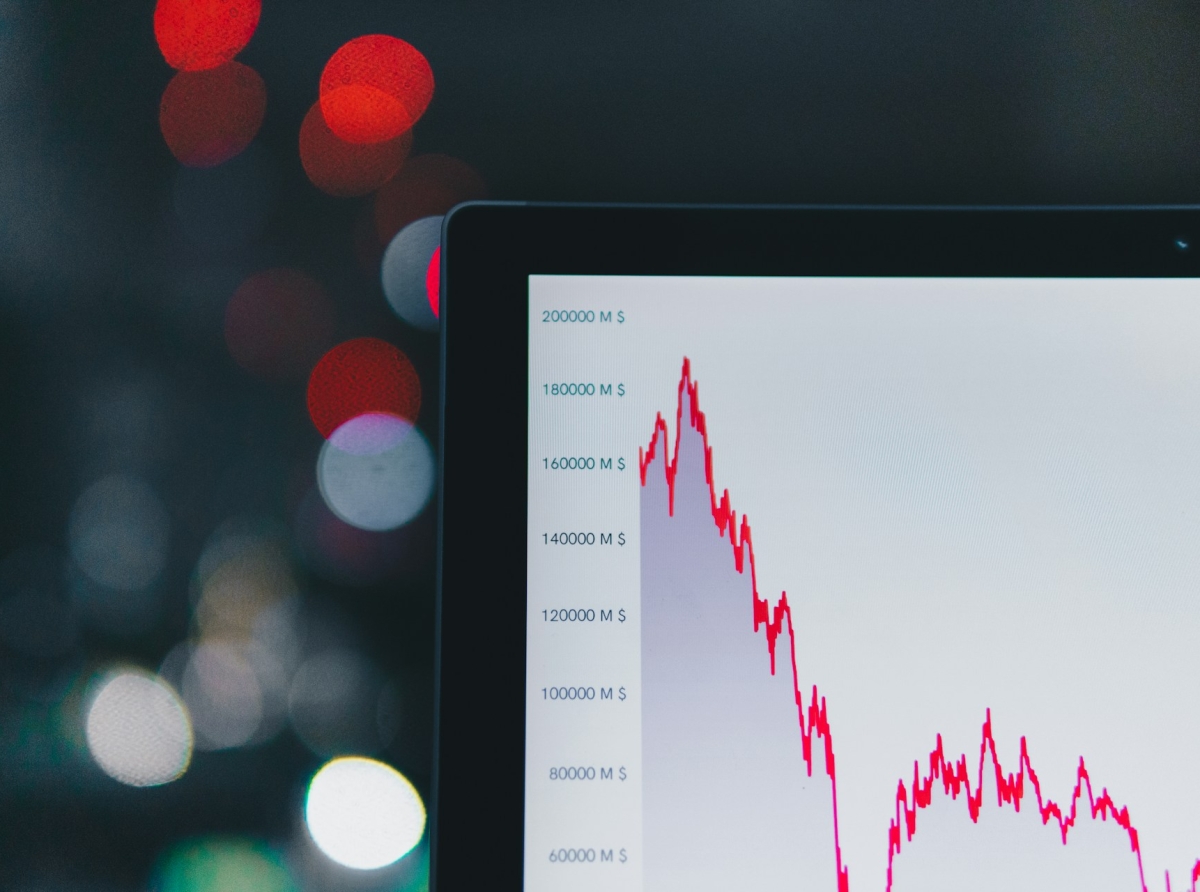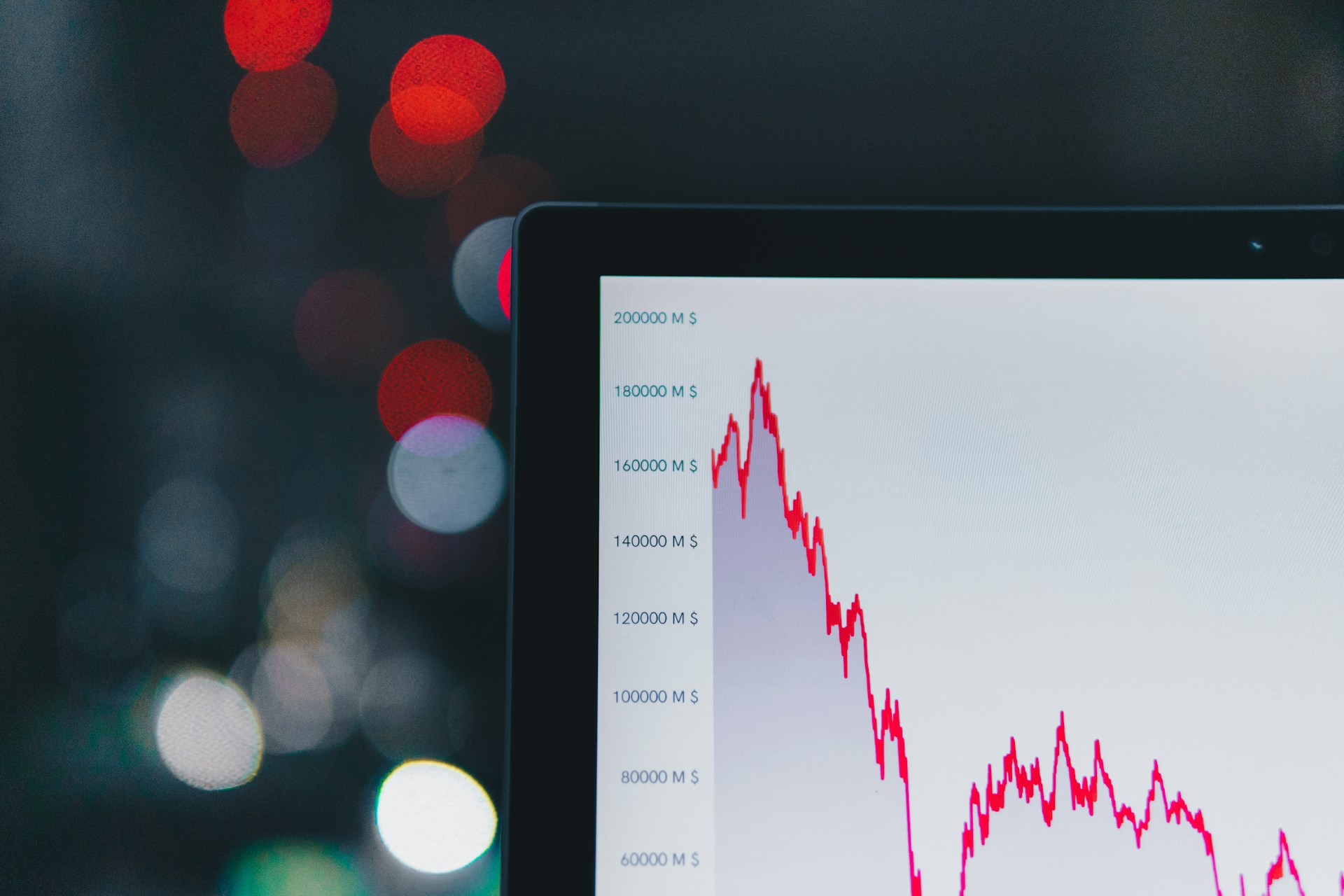Top Indicators for Beginner Traders: A Guide to Making Informed Decisions

Top Indicators for Beginner Traders: A Guide to Making Informed Decisions
Trading in financial markets is akin to navigating a vast ocean; without proper tools and knowledge, a beginner can quickly find themselves adrift in turbulent waters. For those new to the trading world, understanding the various instruments—stocks, commodities, forex, and others—is just the beginning. Crucial to sailing these seas is an awareness of how indicators guide traders through market fluctuations and decision-making processes.
Indicators serve as the compass and sextant for traders. They help interpret market data and distill it into actionable information. Whether predicting future price movements or confirming existing trends, indicators offer insights that are not immediately apparent through raw data alone.
Indicators serve as the compass and sextant for traders. They help interpret market data and distill it into actionable information. Whether predicting future price movements or confirming existing trends, indicators offer insights that are not immediately apparent through raw data alone.

Top Indicators for Beginner Traders: A Guide to Making Informed Decisions
Understanding the Types of Indicators: Leading vs Lagging
In the realm of technical analysis, indicators are broadly categorized as leading or lagging. Leading indicators are akin to a weather forecast; they attempt to predict where prices will head in the future. These tools give traders a potential edge, as they signal upcoming changes before they manifest in price movements. For example, an oscillator that diverges from the current trend may indicate a reversal before it happens.On the flip side, we have lagging indicators which are more like reading last week’s weather report—they tell us what has already happened. These indicators are used to confirm trends rather than predict them. A moving average is a classic example of a lagging indicator; it smooths out past price data to help identify a prevailing trend.
Understanding the Types of Indicators: Leading vs Lagging
In the realm of technical analysis, indicators are broadly categorized as leading or lagging. Leading indicators are akin to a weather forecast; they attempt to predict where prices will head in the future. These tools give traders a potential edge, as they signal upcoming changes before they manifest in price movements. For example, an oscillator that diverges from the current trend may indicate a reversal before it happens.On the flip side, we have lagging indicators which are more like reading last week’s weather report—they tell us what has already happened. These indicators are used to confirm trends rather than predict them. A moving average is a classic example of a lagging indicator; it smooths out past price data to help identify a prevailing trend.
Top Indicators Every Beginner Should Know
Several technical indicators have stood the test of time and become must-know tools for beginners:Moving Averages (MA): This indicator averages out price data over a specific time period to smooth out market noise and help identify trends. A rising MA suggests an uptrend, while a falling MA indicates a downtrend.
Relative Strength Index (RSI): RSI measures the speed and change of price movements on a scale from 0 to 100. Typically, an RSI above 70 indicates overbought conditions (potentially bearish), while below 30 signals oversold conditions (potentially bullish).
Moving Average Convergence Divergence (MACD): This tool tracks momentum by showing the relationship between two moving averages of prices. When MACD crosses above its signal line, it may be time to buy; when it crosses below, it might be time to sell.
Understanding how each indicator works demystifies market signals and provides clarity amidst seeming chaos.
Incorporating Technical Analysis into Your Trading Strategy
Integrating technical analysis into trading strategies requires a balanced approach. It’s essential not to rely on single indicators but rather use them in conjunction with others—and with fundamental analysis—to validate trading hypotheses. Here are some strategies:1. Use multiple indicators for confirmation.
2. Understand that no indicator is infallible; they’re tools for making educated guesses.
3. Keep it simple; using too many indicators can lead to confusion and “analysis paralysis.”
Common pitfalls include over-trusting indicators without corroborating evidence or failing to adjust strategies when market conditions change.
Conclusion: The Path to Becoming an Informed Trader
Navigating financial markets as an informed trader means understanding and effectively utilizing technical indicators within one’s strategy. The journey begins with grasping basic concepts behind leading and lagging tools such as MAs, RSI, and MACD—each revealing unique market perspectives.By thoughtfully integrating these instruments into their analyses while remaining mindful of their limitations, beginner traders can enhance their decision-making skills. As they continue learning through experience and practice, these foundational elements will aid them in charting their course towards more confident trading pursuits.
TradingIndicators #BeginnerTraders #InformedDecisions #TechnicalAnalysis #TradingStrategy









Report
My comments